Leaving Port Lockroy in a rising gale we headed into the Gerlache Strait on a course to Paradise Harbour. Conditions were quite extreme with the wind whipping the sea surface and it would have been tempting to hide in the Chartroom with a hot chocolate but a pod of Killer Whales had us up on the bow bracing ourselves against the wind. It was impressive to see the pod powering through the rough seas with the spray from their exhalations being whipped away in the wind. Photographically it was challenging to hold a long lens in the wind while trying to predict where the next surfacing would be and lock focus, hopefully with a head clear of the waves.
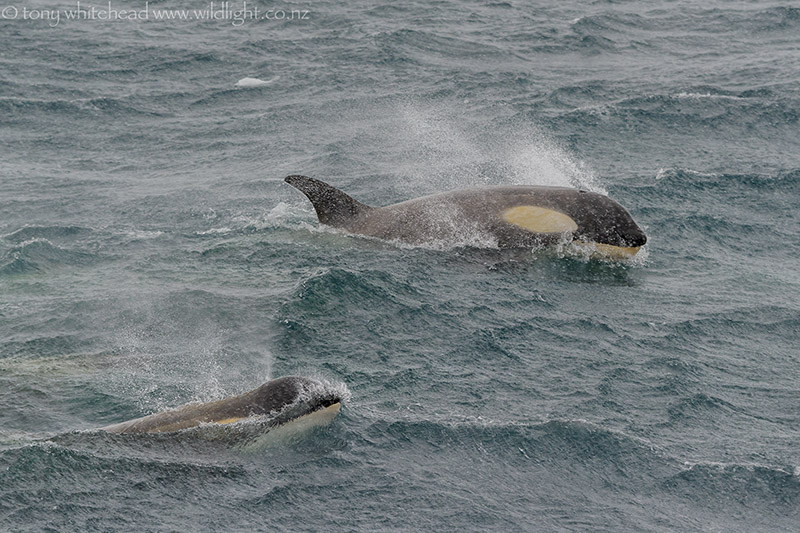
The Gerlache Strait Killer Whales have a unique yellowish tint which is caused by diatoms adhering to their skin and the fact that they do not slough their skin in the cold conditions. Killer whales (Orcinas orca) are part of the toothed whale suborder (Odontoceti) and dolphin family (Delphinidae) so would be more appropriately named Killer Dolphins rather than whales, but are now frequently spoken of simply as Orca. The name Killer Whale was derived from the the fact that some feed on other whales and were known as Whale Killers before the words were transposed. Previously considered a single species, Orcas are now divided into ten ecotypes, five in each hemisphere. Some are considered distinct enough to be considered subspecies or possibly even separate species, having different vocalisations, behaviour, diet and appearance. Southern hemisphere Orcas are divided into types A, B, C and D with type B divided into large and small. Gerlache Strait Killer Whales are the small type B and feed largely on penguins, taking the breast meat and discarding the rest of the bird. Large type B Orca prey mainly on seals and are the type you may have seen in documentaries acting cooperatively to dislodge a hapless seal from an ice floe. Type A predominantly feed on Minke Whales in true Whaler Killer fashion. This is quite different to the Orca we commonly see in New Zealand which are specialist stingray and shark hunters.
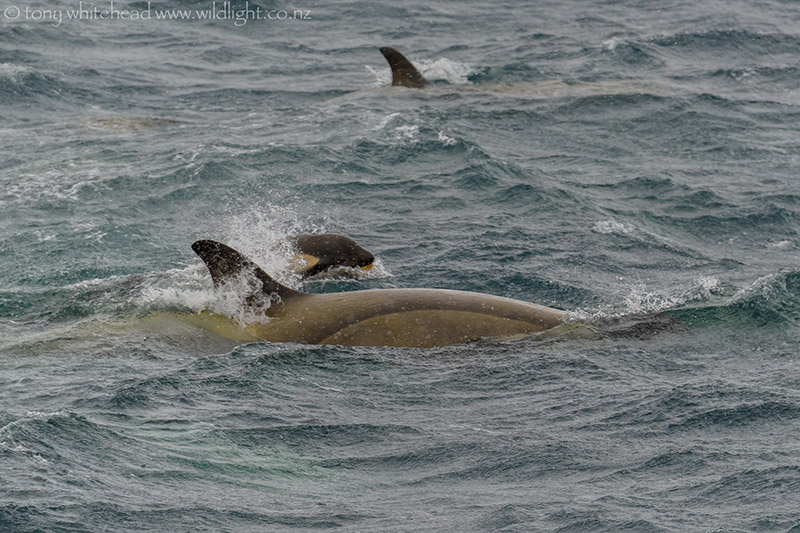
Arriving in Paradise Harbour the change in conditions could not have been more dramatic with a complete absence of wind due to the high shielding mountains on all sides. We were well chilled from the wind and while layering up in our cabin for the planned Zodiac cruise, Edin and I were a little startled by a bump and sudden stop in our very slow forward motion. Looking out of our porthole it seemed that the Captain’s plan was to nudge the ship in against the sheer cliff and hold it in place with gentle forward thrust – it worked well. We were soon aboard the first Zodiac to leave and surrounded by porpoising penguins. A nearby ice floe was hosting a resting Leopard Seal cuddling a chunk of ice like a child snuggled into bed with a teddy bear and an inquisitive Minke Whale followed us, swimming repeatedly beneath our Zodiac.
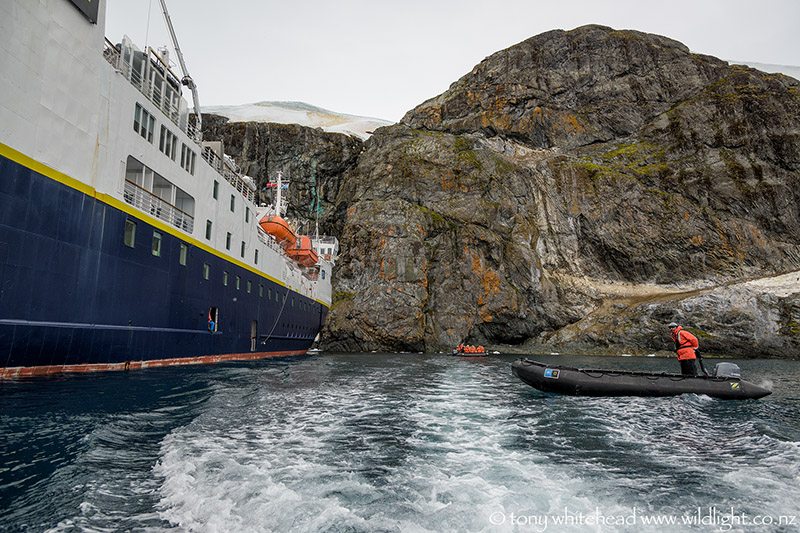
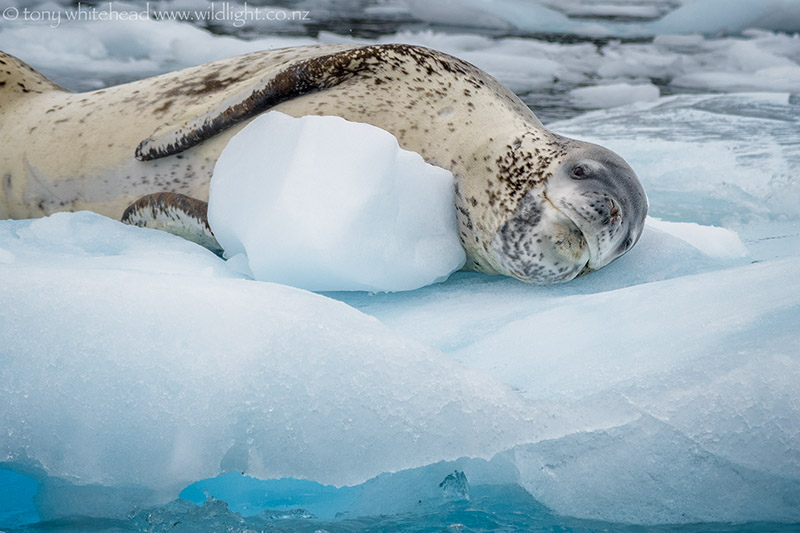
Paradise Harbour is home to Argentinian Base Brown, named after Admiral William Brown, the Irish-born father of the Argentine Navy. It has a traumatic history, having been burnt down by the base doctor in 1984, apparently as an escape mechanism when informed that he was staying for a year longer than originally planned. It was rebuilt but is now only occupied during the summer. The colour scheme seems quite appropriate with brown walls and the roof painted blue and white like the Argentinian flag.
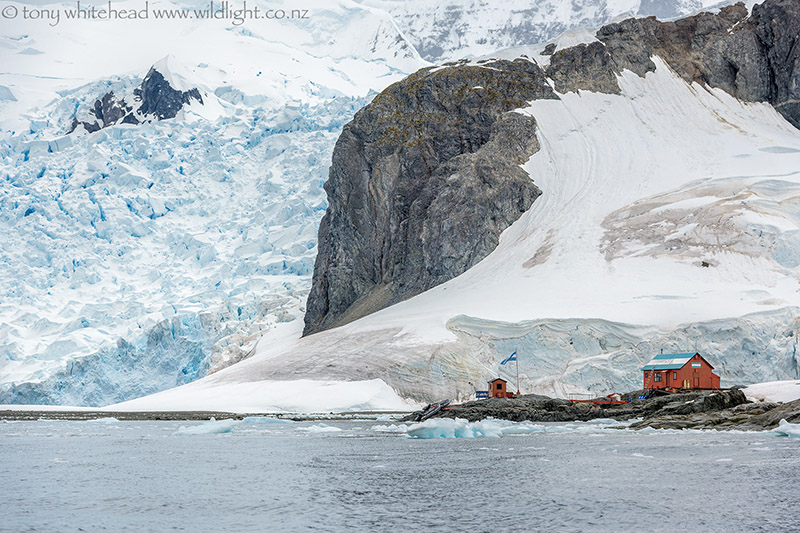
Orca photos with Nikon D810 and Nikon 200-400mm f4 VR lens. Paradise Harbour photos with Nikon D810 and 24-120mm f4 VR lens.
See Edin’s blog for her account of the Gerlache Orcas.
For more information on Orca see Centre for Whale Research and Orca Aware. For New Zealand Orca see Ingrid Visser’s site Orca Research Trust which has links to a number of other interesting Orca sites.
Next week we will visit the Paradise Harbour Drive-thru for a take-away!
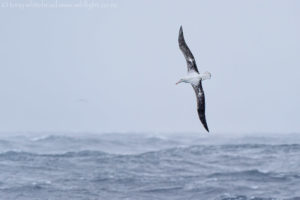
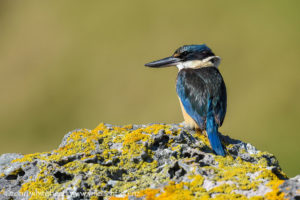
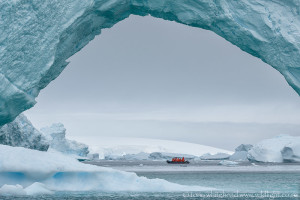
Pingback: Antarctica Master Post